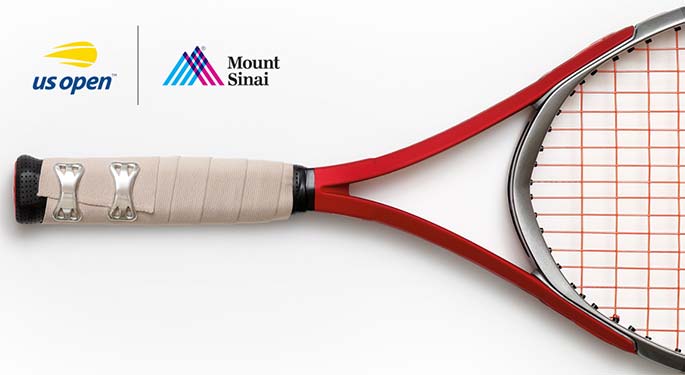Mount Sinai Researchers Discover New Technique to Treat Osteochondral Ankle Lesions
Minimally invasive approach may lead to quicker recovery
Mount Sinai researchers have discovered a new, minimally invasive strategy for treating osteochondral defects of the ankle bone, common injuries that are typically caused by ankle sprains. The strategy involves injecting bone substitute material into the injury, which they showed could cut recovery time in half compared to the standard surgical treatment, in a study published in the September/October issue of Orthopedics.
“This technique is a completely new way of looking at a common orthopedic condition which is typically seen in younger patients and athletes, and this minimally invasive approach could make recovery much easier,” said lead investigator Ettore Vulcano, MD, Assistant Professor of Orthopedics at the Icahn School of Medicine at Mount Sinai. “This is the first published study looking at the use of injectable bone substitute to treat the pain instead of cartilage grafts, and if results continue to be positive this technique can substantially change the way surgeons treat this debilitating condition.”
Osteochondral lesions of the ankle bone happen when there’s a tear or fracture in the cartilage covering the bone. These commonly affect active younger people, including athletes. Traumatic injuries including ankle sprains often cause them, leading to significant pain when weight is put on the injury. The standard treatment typically consists of surgical procedures to stimulate cartilage growth, including grafts or scraping, which require six to eight weeks of no walking, plus another six weeks in a surgical boot. Even with this treatment, the recurrence rate remains high.
Dr. Vulcano and a team of researchers looked at whether the subchondroplasty procedure (SCP), a less invasive treatment, would be more effective. SCP entails making micro-incisions to inject calcium phosphate bone substitute into the bone. During the healing process, real bone replaces the hard-setting bone substitute material.
“I do not believe the actual cartilage lesion is the source of pain. Therefore, my hypothesis was that if I address the bone bruising with bone substitute without even touching the cartilage or trying to regenerate cartilage, the patient will get pain relief,” added Dr. Vulcano.
Researchers studied 11 patients with osteochondral defects who underwent SCP (4 male and 7 female, mean age 34 years). They analyzed their recovery over the course of nine months. Dr. Vulcano and the team found that 90 percent of the patients could bear weight on their ankle immediately after the procedure and had excellent pain relief. One patient could run without pain only three weeks following treatment. With traditional surgery, there’s also a 90 percent success rate, but patients are not allowed to bear weight on the surgical foot for up to two months.
“Further studies are needed to assess the long-term effectiveness of this procedure, but this may represent an additional method to treat a difficult condition with a quick recovery,” Dr. Vulcano explained.
About the Mount Sinai Health System
Mount Sinai Health System is one of the largest academic medical systems in the New York metro area, with 48,000 employees working across seven hospitals, more than 400 outpatient practices, more than 600 research and clinical labs, a school of nursing, and a leading school of medicine and graduate education. Mount Sinai advances health for all people, everywhere, by taking on the most complex health care challenges of our time—discovering and applying new scientific learning and knowledge; developing safer, more effective treatments; educating the next generation of medical leaders and innovators; and supporting local communities by delivering high-quality care to all who need it.
Through the integration of its hospitals, labs, and schools, Mount Sinai offers comprehensive health care solutions from birth through geriatrics, leveraging innovative approaches such as artificial intelligence and informatics while keeping patients’ medical and emotional needs at the center of all treatment. The Health System includes approximately 9,000 primary and specialty care physicians and 10 free-standing joint-venture centers throughout the five boroughs of New York City, Westchester, Long Island, and Florida. Hospitals within the System are consistently ranked by Newsweek’s® “The World’s Best Smart Hospitals, Best in State Hospitals, World Best Hospitals and Best Specialty Hospitals” and by U.S. News & World Report's® “Best Hospitals” and “Best Children’s Hospitals.” The Mount Sinai Hospital is on the U.S. News & World Report® “Best Hospitals” Honor Roll for 2025-2026.
For more information, visit https://www.mountsinai.org or find Mount Sinai on Facebook, Instagram, LinkedIn, X, and YouTube.
